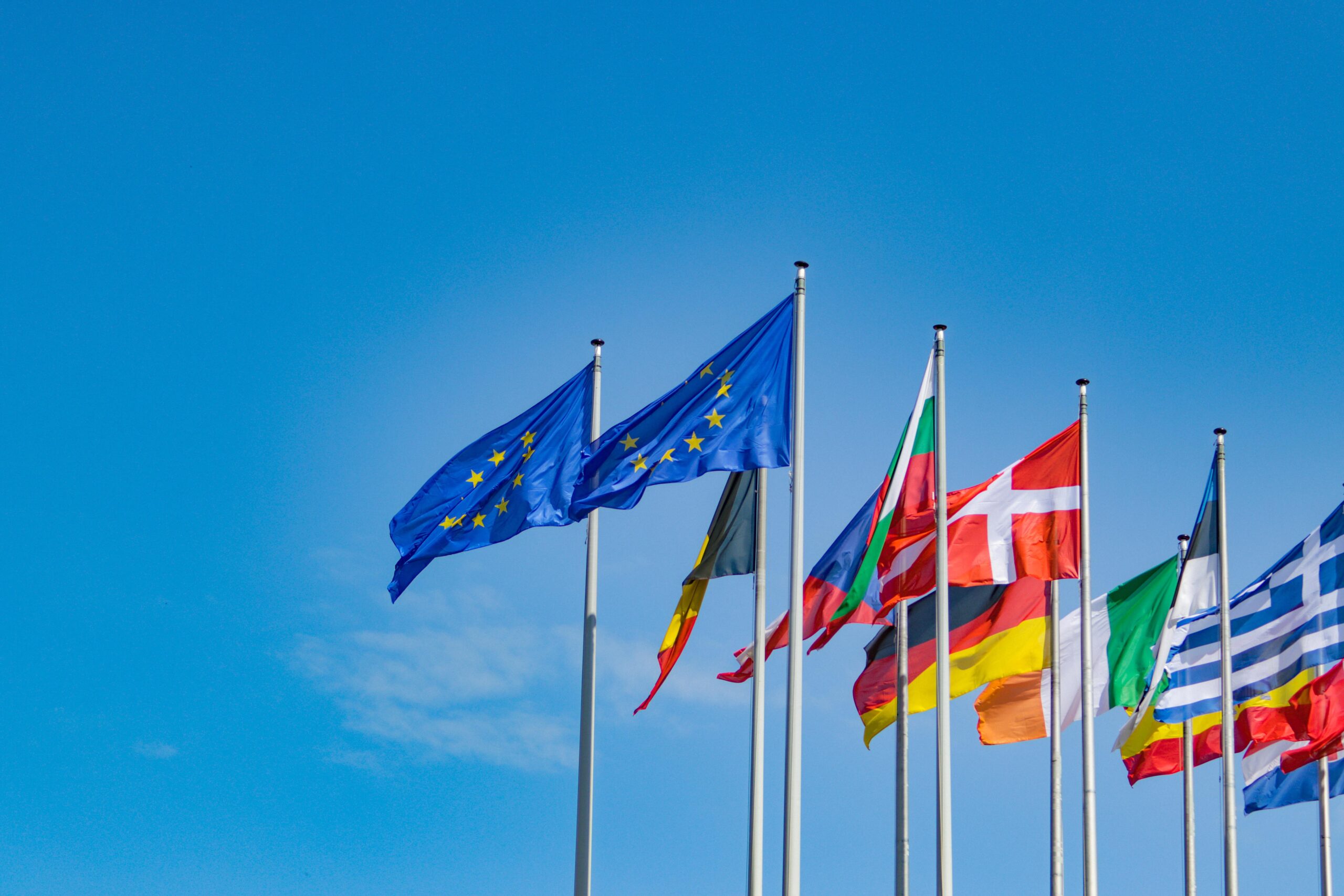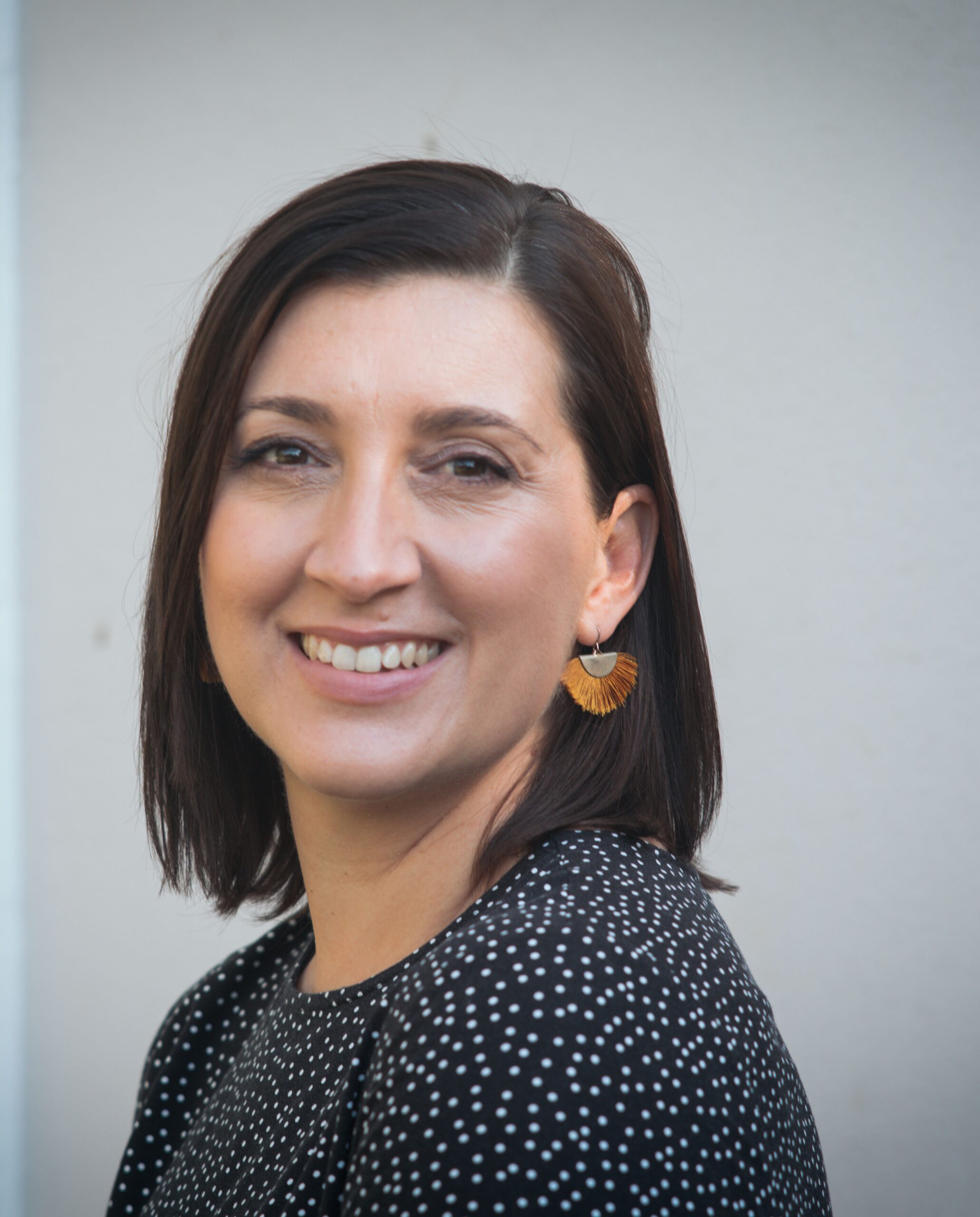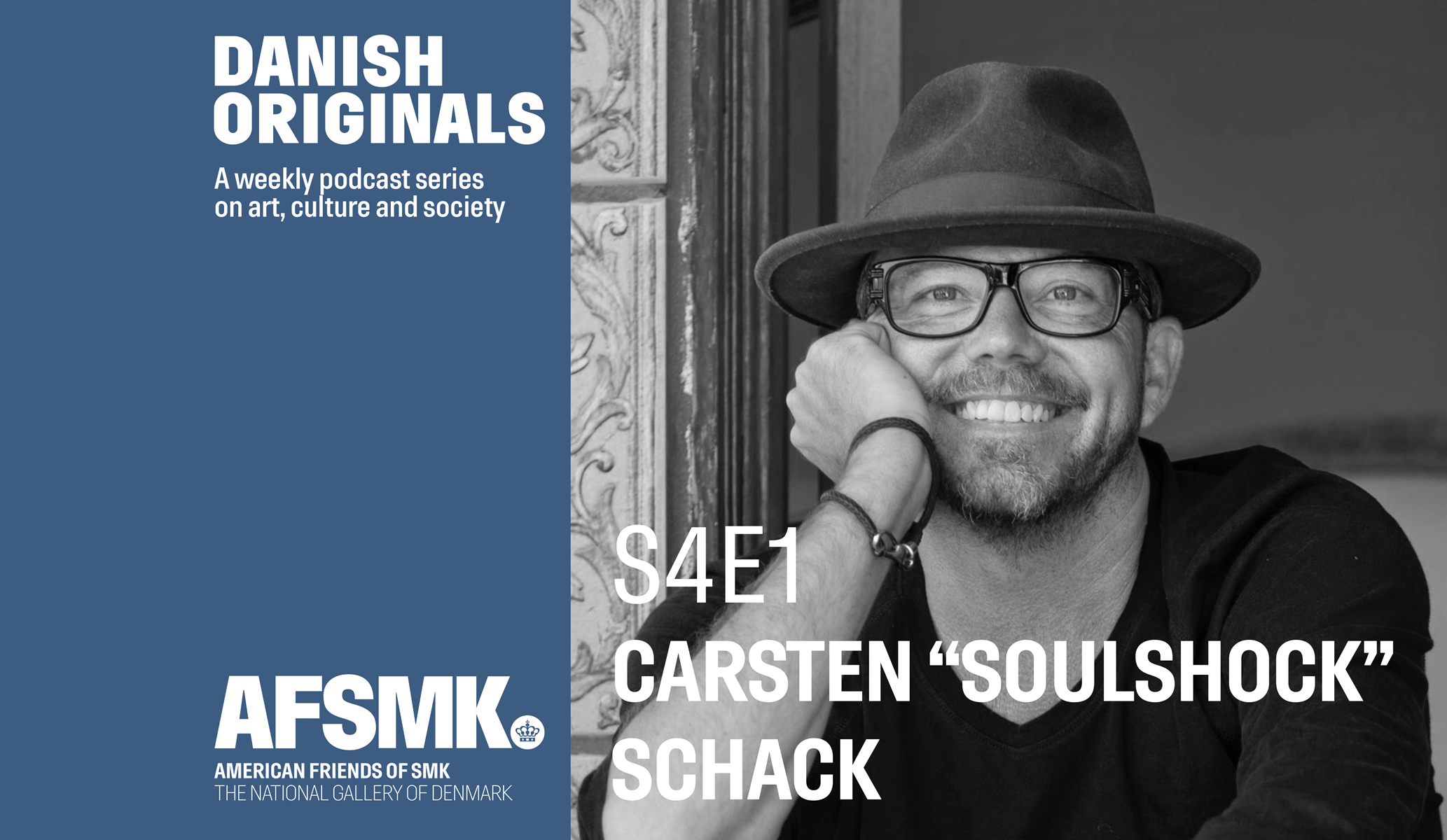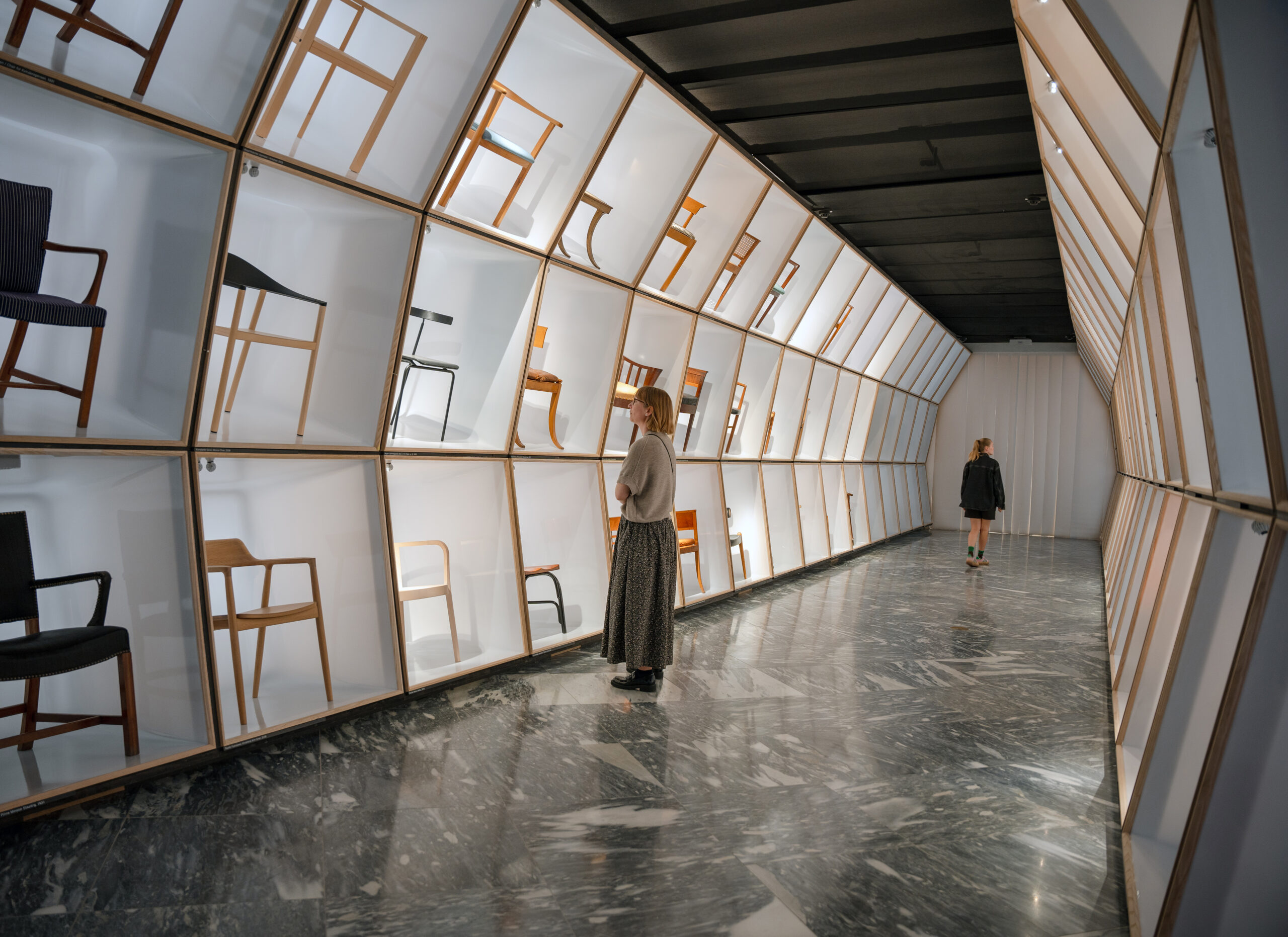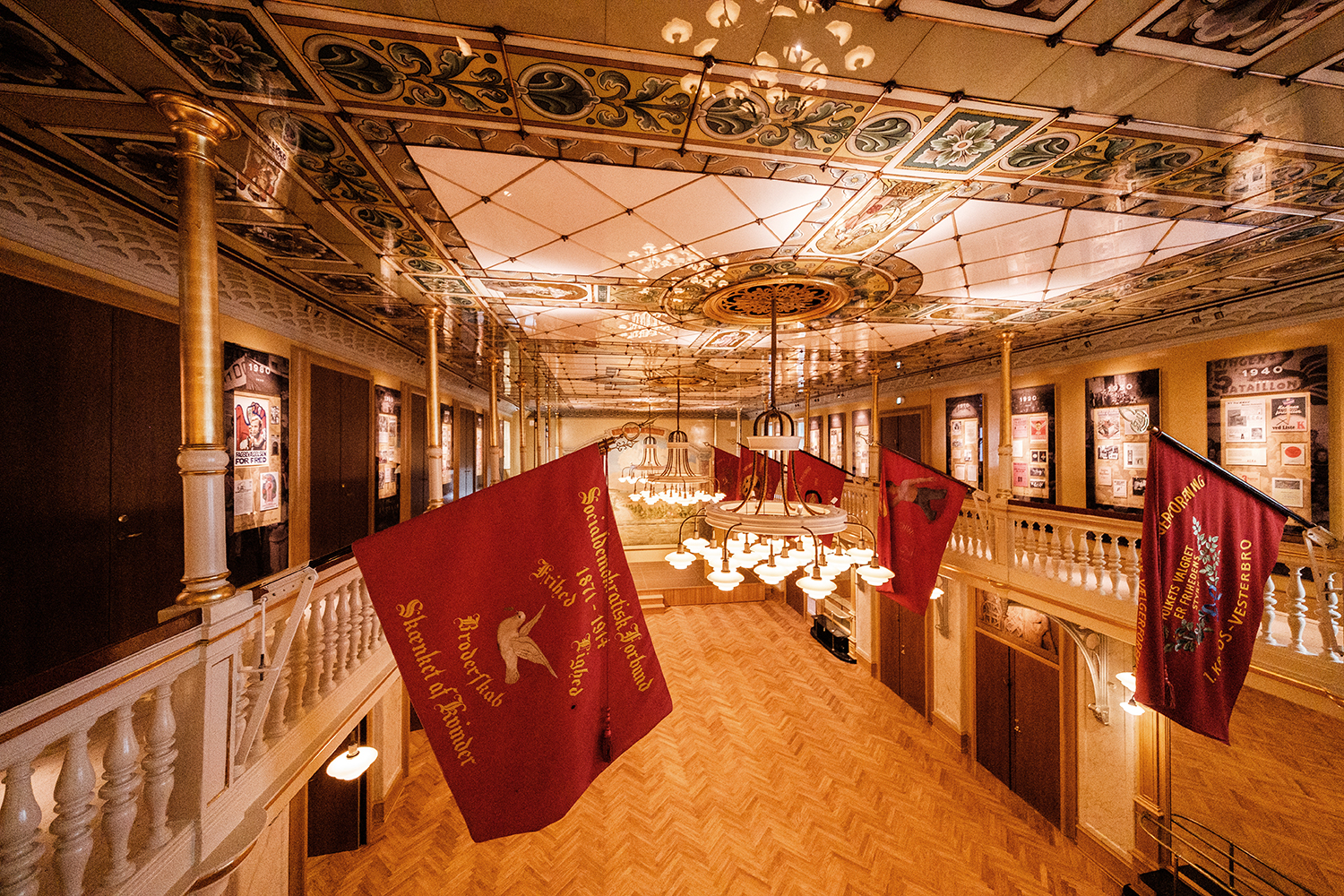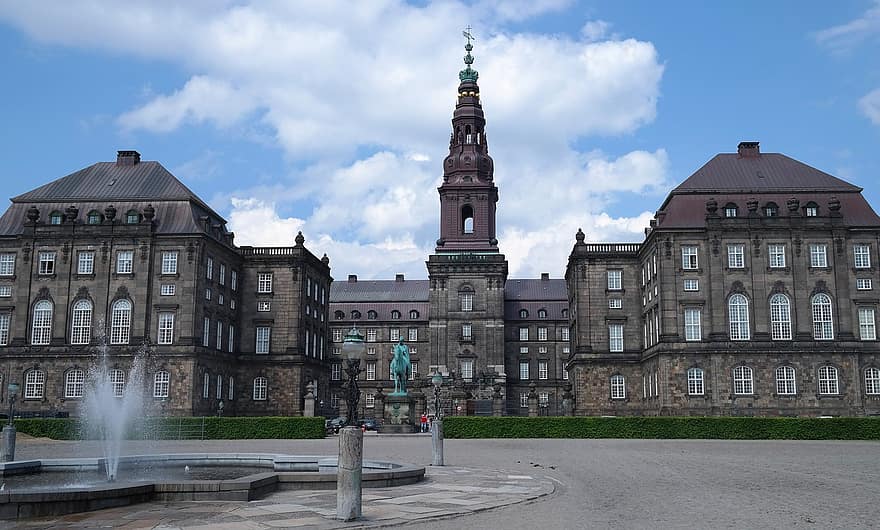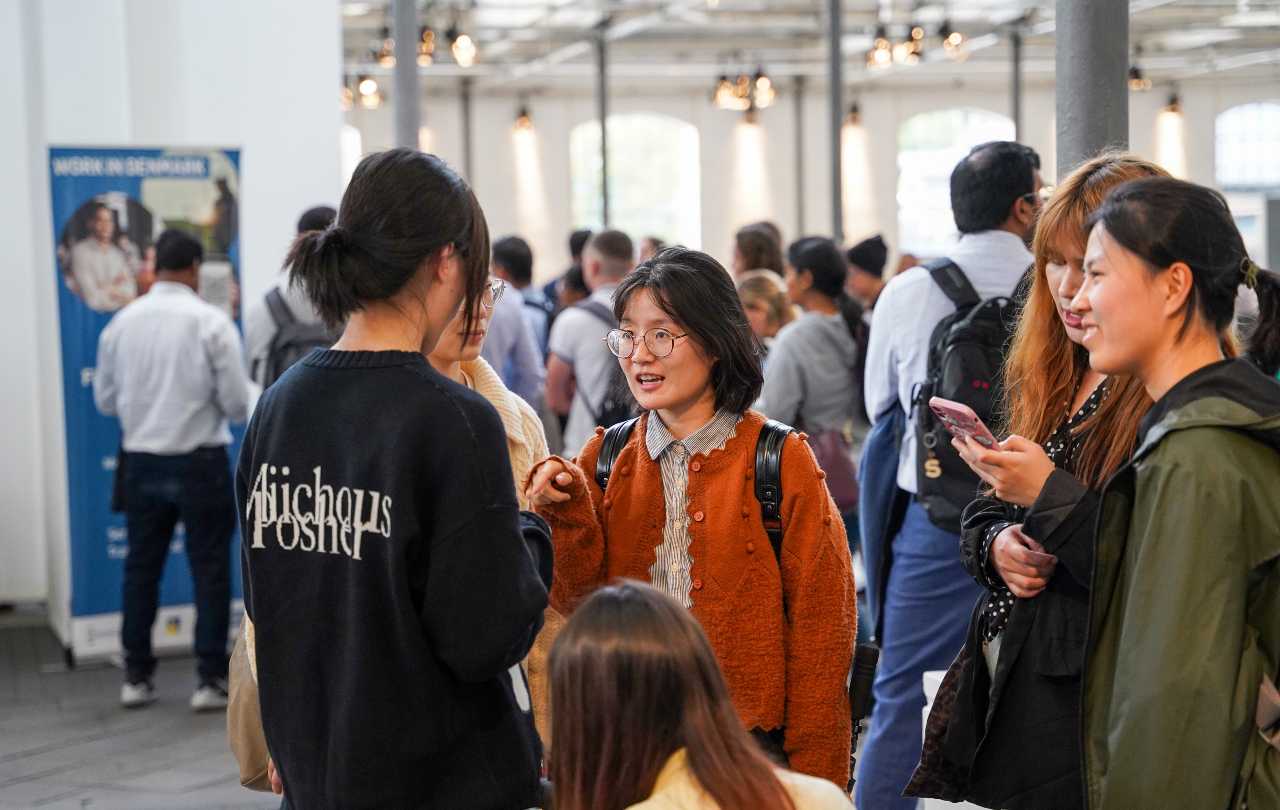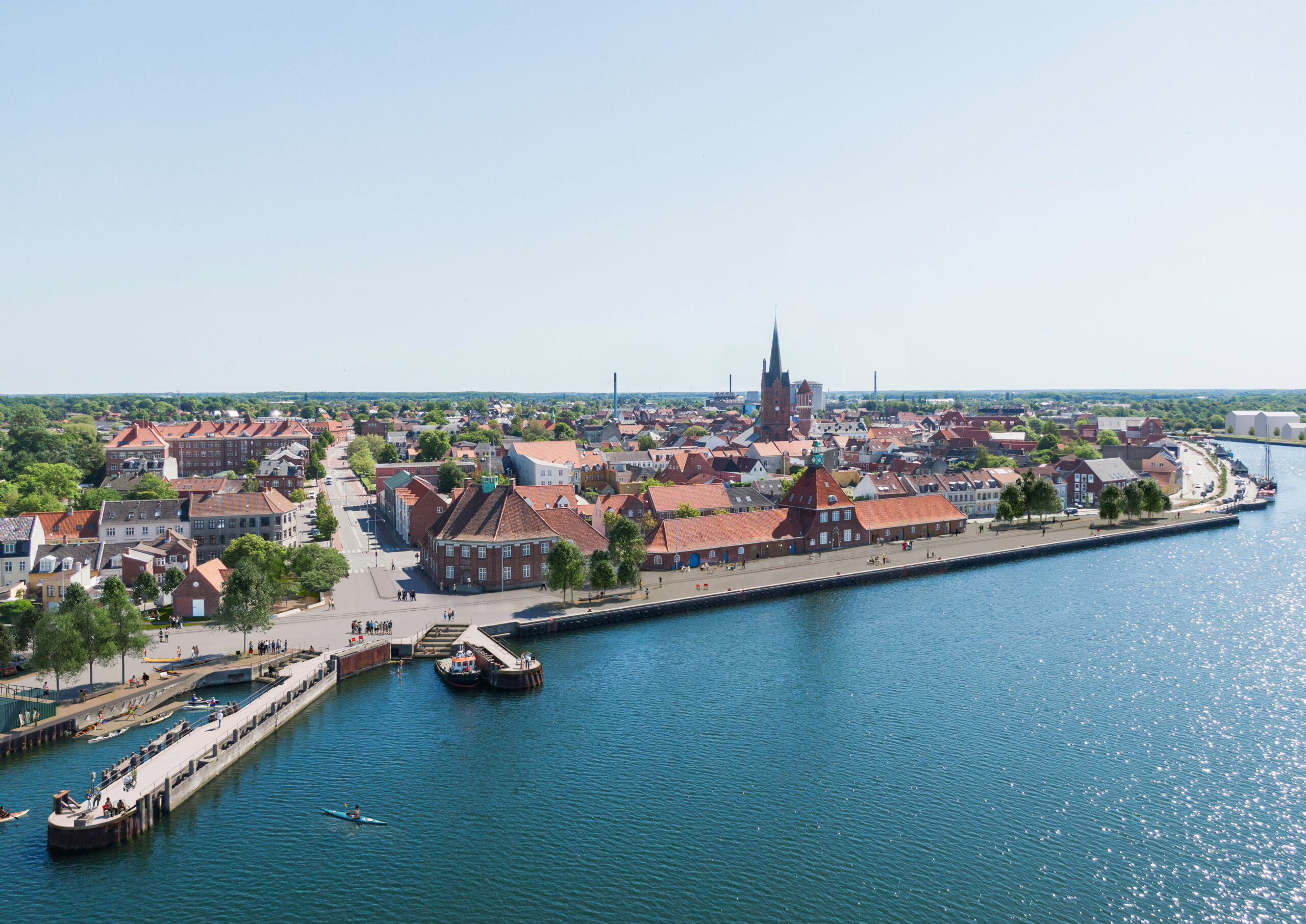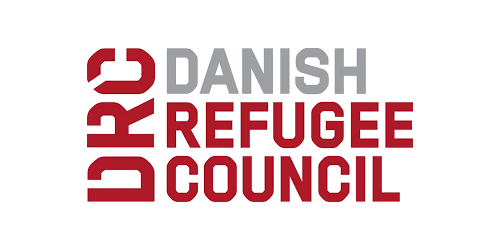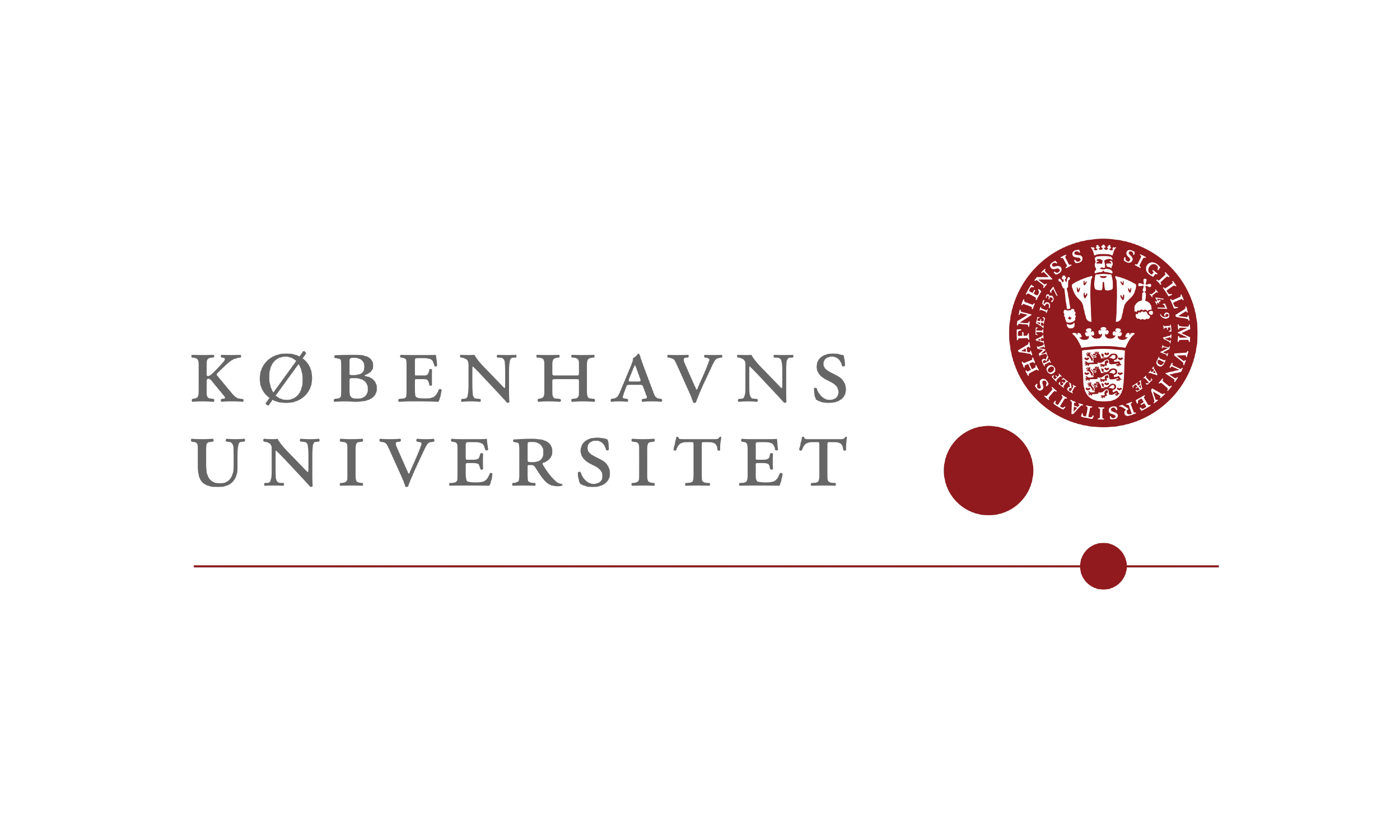A stonemason in northern Jutland has sold the first gravestones with scannable QR codes on them, reports Berlingske newspaper.
With as little as a smart phone app, visitors to cemeteries can now scan the QR-encoded gravestones and be linked to photographs, videos, obituaries, personal stories – or any other information the families of the deceased want to share.
QR codes – short for ‘quick response' codes – are the square, two-dimensional scannable images developed by the Japanese company Denso-Wave in 1994. Originally designed to allow robots to gather information and instructions from other machines, after Denso-Wave made the technology open access, QR codes began cropping up on everything from advertisements to art – and now gravestones.
The QR-encoded gravestone phenomenon began in Japan, where the technology originated. In 2008, Wired magazine reported that a Japanese company was offering QR-encoded gravestones under the trademark name ‘Voice of Stone’.
Three years later, the phenomenon had a foothold in the US. The American public broadcaster NPR reported that memorial companies in Seattle and Phoenix were selling them, while the newspaper USA Today wrote that Americans were having QR codes added to existing gravestones. Now it appears that the trend has reached Denmark.
Michael Røntved, who owns the gravestone company Stenhuggeriet on the island of Mors in north Jutland, is convinced that digitally-enhanced gravestones “are here to stay”.
“More and more people have smartphones, and in ten more years, gravestones without barcodes on them will be the exception,” Røntved told Berlingske.
Kaj Hansen was one of the very first Danes to buy a QR-encoded gravestone after his wife, Joan, passed away in December 2011.
“I’m glad I did it,” Hansen said. When he and others scan the QR code on Joan’s gravestone, they are linked to pictures of her, her obituary and a eulogy.
“She was an open-minded person. She was a giver and never kept things for herself,” Hansen added.
Røntved prefers when the QR codes on gravestones are visible and accessible to anybody who is curious about the deceased.
“But if somebody doesn’t want it to be that way, then they can maybe have a little cover over the QR code, so that you need a key to access it,” he added.
Undertaker Naja Genet May is also an anthropologist specialising in Danish burial traditions. She said scannable gravestones reflect “a modern and mobile lifestyle.”
“You could even say that the idea of life after death becomes reality when you have the option of telling your life’s story in this way,” she added.
May agreed with Røntved that QR codes on gravestones would become increasingly commonplace in Denmark.
“It will gradually become more popular as we learn more about how we can present the deceased, and as new products come along to help us do that.”

